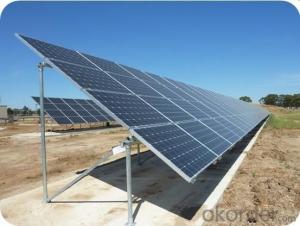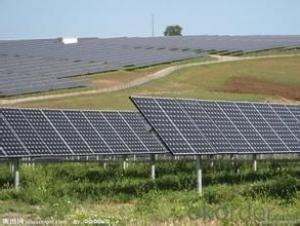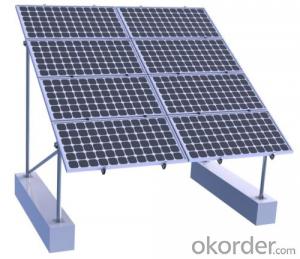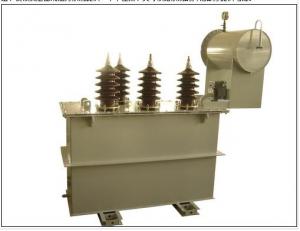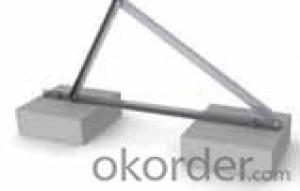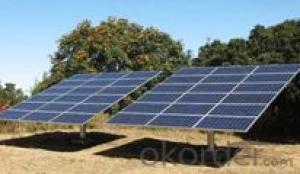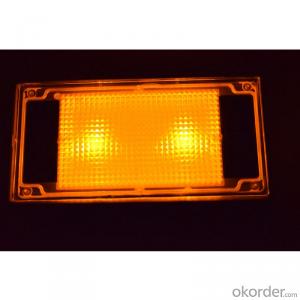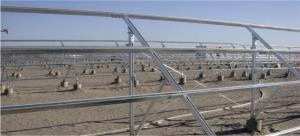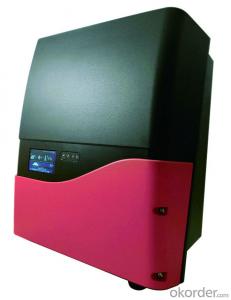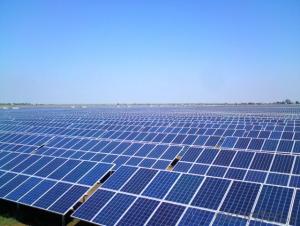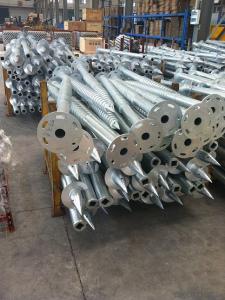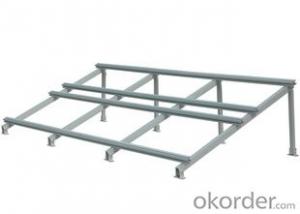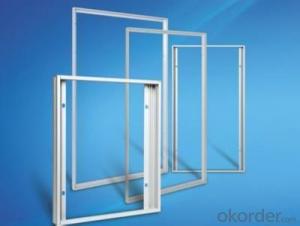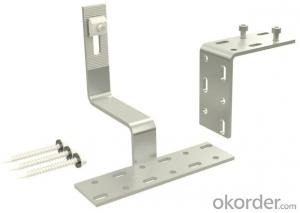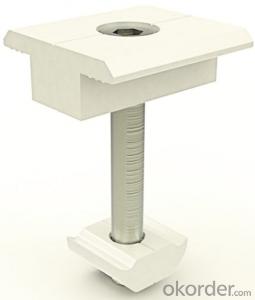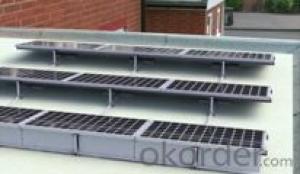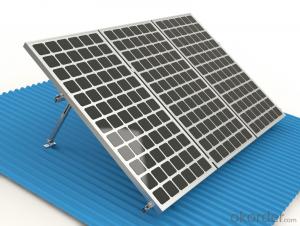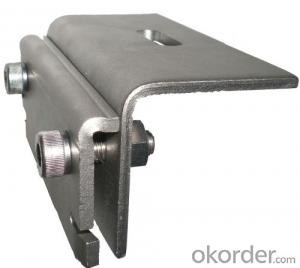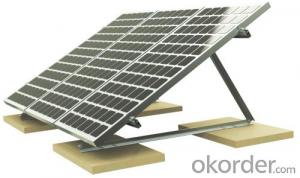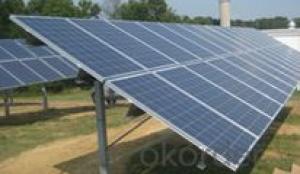Grounding Solar Inverter
Grounding Solar Inverter Related Searches
Solar Inverter Earthing Solar Inverter Installation Install Solar Inverter Solar Inverter Installed Solar Inverter Mounting Board Outdoor Solar Inverter Solar Inverter Configuration Inside Solar Inverter Solar Inverter Upgrade Upgrade Solar Inverter Construction Of Solar Inverter Inverter On Solar Panel Inverter For Solar Farm Replacing A Solar Inverter Homemade Solar Inverter Solar Based Inverter About Solar Inverter On Grid Solar Inverter Sizing Solar Inverter Inverter Solar Farm Solar Field Inverter Inverter In Solar Power Plant Use Of Solar Inverter Inverter With Solar Input Solar Power To Inverter Convert Inverter To Solar Undersizing Solar Inverter Wall Mounted Solar Inverter The Solar Inverter Inverter With Solar PanelsGrounding Solar Inverter Supplier & Manufacturer from China
Grounding Solar Inverter is a crucial component in solar energy systems, designed to convert the direct current (DC) generated by solar panels into alternating current (AC) that can be used by homes and businesses. This essential device ensures the safe and efficient operation of solar power systems by grounding any excess energy that is not immediately used, thereby preventing potential damage to the system and ensuring a stable power supply.The Grounding Solar Inverter is widely used in various applications, including residential rooftop installations, commercial solar farms, and off-grid solar power systems. It is particularly beneficial in areas where the power grid is unstable or unreliable, as it can provide a consistent power supply even during fluctuations in grid performance. Moreover, this product is also used in conjunction with battery storage systems to store excess energy generated during peak sunlight hours for use during periods of low solar production or at night.
Okorder.com is a leading wholesale supplier of Grounding Solar Inverters, offering a vast inventory of high-quality products from reputable manufacturers. With a commitment to customer satisfaction and a focus on providing reliable and efficient solutions, Okorder.com ensures that customers have access to the latest technology and the best possible prices. By partnering with Okorder.com, customers can be confident that they are receiving a Grounding Solar Inverter that meets their specific needs and exceeds industry standards.
Hot Products
